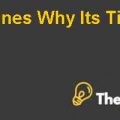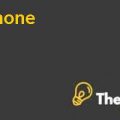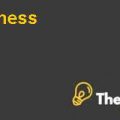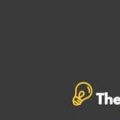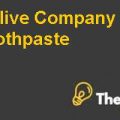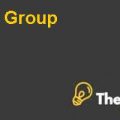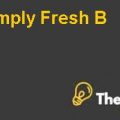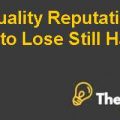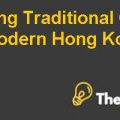
Overview
Publico was established by the collaboration of a group of former journalists of the weekly Expresso and the Portuguese Hipermercados conglomerate, Sonae. The first editors in chief of the newspaper were Sonae CEO, Belmiro de Azevedo and Vicente Jorge Silva, who had laid down the core values of the newspaper. Initially the newspaper faced certain problems in its launch and delayed the publication of its first edition, but later on it had achieved a significant popularity in the print media. With the passage of time the development of technology and the establishment of Smartphones and Tablet PCs had changed the newspaper industry from print media to a digital world. Publico was the first Portuguese newspaper that had developed its own website and Smartphone apps for the Tablet PCs and iPhone. Although, initially the digital version of the newspaper had reported quite satisfactory revenues, but due to the increasing competition from other companies, it was necessary to establish an independent department that could control and manage the digital operations of the company and make it profitable for the long run.
Quantitative Analysis
After critically evaluating the market conditions and the initiative from different competitors in the digital segment of the market, the executives of the company had proposed two options to the digital users, i.e. “Closed”, where users would be charged for some daily, formerly free articles in addition to editorials and some opinion columns. “Open” where no change would be incorporated in the digital and print publications of the company. A market research report had been conducted to evaluate the willingness to pay for each option, where products were divided into three categories, i.e. HTML only, E-paper only, and a bundle of both. (Exhibit-1) For the purpose of this research users were divided into Exclusive PC users, which are mostly students, Smartphone users (S), Tablet Users (T) and users using all the three devices (T+S). According to this report, the closed scenario showed that 20% of the PC users were willing to pay 5 Euro/ month for each package, i.e. HTML, E-Paper and Bundle. 30% of the Smartphone users were willing to pay a monthly fee of 7, 5 and 10 euro for HTML, E-Paper and Bundle respectively. 25% of the Tablet users were willing to pay 2, 15 and 16 euro/month for HTML, E-Paper and Bundle respectively. However, 25% of the Smartphone and Tablet users were willing to pay a monthly fee of 8, 15 and 20 euro for HTML, E-Paper and Bundle respectively. This showed the potential market value of these packages and would help the executives to design their strategies accordingly. Whereas, the market research report of the “Open” Scenario showed that 20% of the PC users were willing to pay a monthly fee of 2.5, 4 and 4 euro for HTML, E-Paper and Bundle respectively. 30% of the Smartphone users were willing to pay 3, 4.5 and 5 euro/month for HTML, E-Paper and Bundle respectively. 25% of Tablet users were willing to pay 1, 10, and 10 euro for HTML, E-Paper and Bundle respectively. However, 25% of the Tablet and Smartphone users were willing to pay a monthly fee of 4, 10, and 11 euro for HTML, E-Paper and Bundle respectively.
This shows that most of the users prefer to use the closed services for the bundle offers only, whereas the open users show a high tendency towards the use of E-Paper, especially the Tablet and Smartphone users.
Five C’s Analysis
In order to understand the market position of the company and making a competitive marketing strategy for the company’s digital operations, the five C’s analysis is conducted as under.
Customers: - In the past, most of the people prefer to read printed daily and weekly newspapers of the company, but with the development of technology most of the new customers were shifting towards the digital version of the paper. Now, the majority of such customers lived in Lisbon, who were mostly middle class people and with an average age of 44 years old. The company’s online customers were mostly youngsters with an average age of 31 years old. In 2010, the company had a print audience base of 365,000 readers every day, while the online audiences were 250,000 every day. About 20% of the online readers came from the company’s advertisement over Facebook and 17% from Google. During 2011, the company’s online customer base were reached to 7.7 million users, which was described by Pedro as “The company would not be able to find new seniors for the print edition of the Publico because our current print edition customers are +55 and +65, who are only able to keep the paper in competition for a while, but for the long term sustainability and growth of the company...................
This is just a sample partial case solution. Please place the order on the website to order your own originally done case solution.

